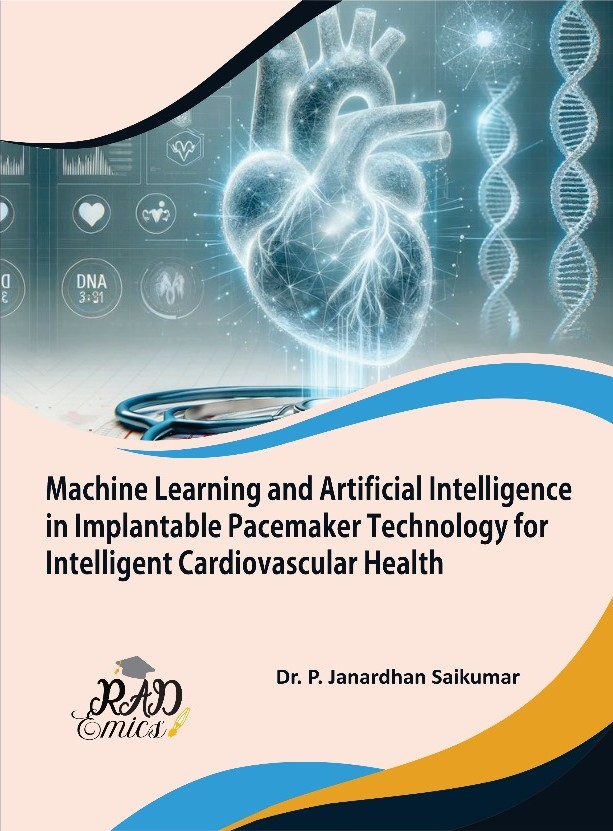
Abstract
The increasing sophistication of cardiac rhythm management devices such as pacemakers and implantable cardioverter-defibrillators has created a demand for intelligent, adaptive programming that can respond to dynamic patient conditions. Artificial intelligence offers powerful tools for detecting arrhythmias, predicting adverse events, and optimizing device parameters using complex physiological data streams. Yet the opaque nature of many AI models poses a barrier to clinical trust and safe deployment in life-critical applications. Explainable artificial intelligence (XAI) addresses this challenge by providing transparent, interpretable insights into how AI models generate recommendations for device programming. This chapter explores the foundational principles, data requirements, machine learning architectures, and explainability techniques relevant to cardiac electrophysiology. It discusses the design of XAI-integrated clinical decision support systems that deliver actionable explanations through intuitive user interfaces while preserving clinician oversight. Topics include human-in-the-loop interaction, trust calibration, continuous learning, and regulatory considerations for deploying XAI-enabled cardiac devices. By bridging advanced computational intelligence with human-centered transparency, XAI empowers electrophysiologists to validate, refine, and trust automated programming adjustments. This integration holds promise for safer, more personalized, and clinically acceptable cardiac rhythm management in an era of increasingly complex patient needs and device capabilities.
Introduction
Cardiac rhythm management has undergone significant evolution over the past few decades, driven by advances in implantable devices such as pacemakers and implantable cardioverter-defibrillators (ICDs) [1]. These devices have become essential tools for restoring and maintaining normal heart rhythms in patients with conduction disorders [2], bradyarrhythmias, and life-threatening ventricular arrhythmias. Traditionally, device programming has relied on static [3], rule-based algorithms and manual adjustments performed by electrophysiologists based on patient history, standard thresholds, and population-based guidelines [4]. While effective, this approach often falls short in addressing the complex, time-varying physiological conditions unique to each patient [5].
Artificial intelligence was now poised to transform how implantable cardiac devices are programmed and managed [6]. Machine learning and deep learning models can detect subtle patterns in continuous physiological signals [7], predict arrhythmia events, and suggest personalized pacing strategies that adapt dynamically to patient needs [8]. These capabilities promise to reduce manual intervention, enhance device performance, and improve patient outcomes by aligning programming more closely with real-time physiological states [9]. Yet as these models become more sophisticated, they introduce new challenges related to transparency and clinical accountability [10].
The black-box nature of many AI models creates an inherent tension in cardiac rhythm management [11], where decisions directly affect the heart’s electrical behavior [12]. Physicians must understand the reasoning behind each suggested adjustment to ensure that automated decisions align with established medical knowledge and patient-specific considerations. Without clear explanations [13], even highly accurate [14] AI systems risk being underutilized or distrusted by clinicians who remain the ultimate decision-makers in device programming and oversight [15].